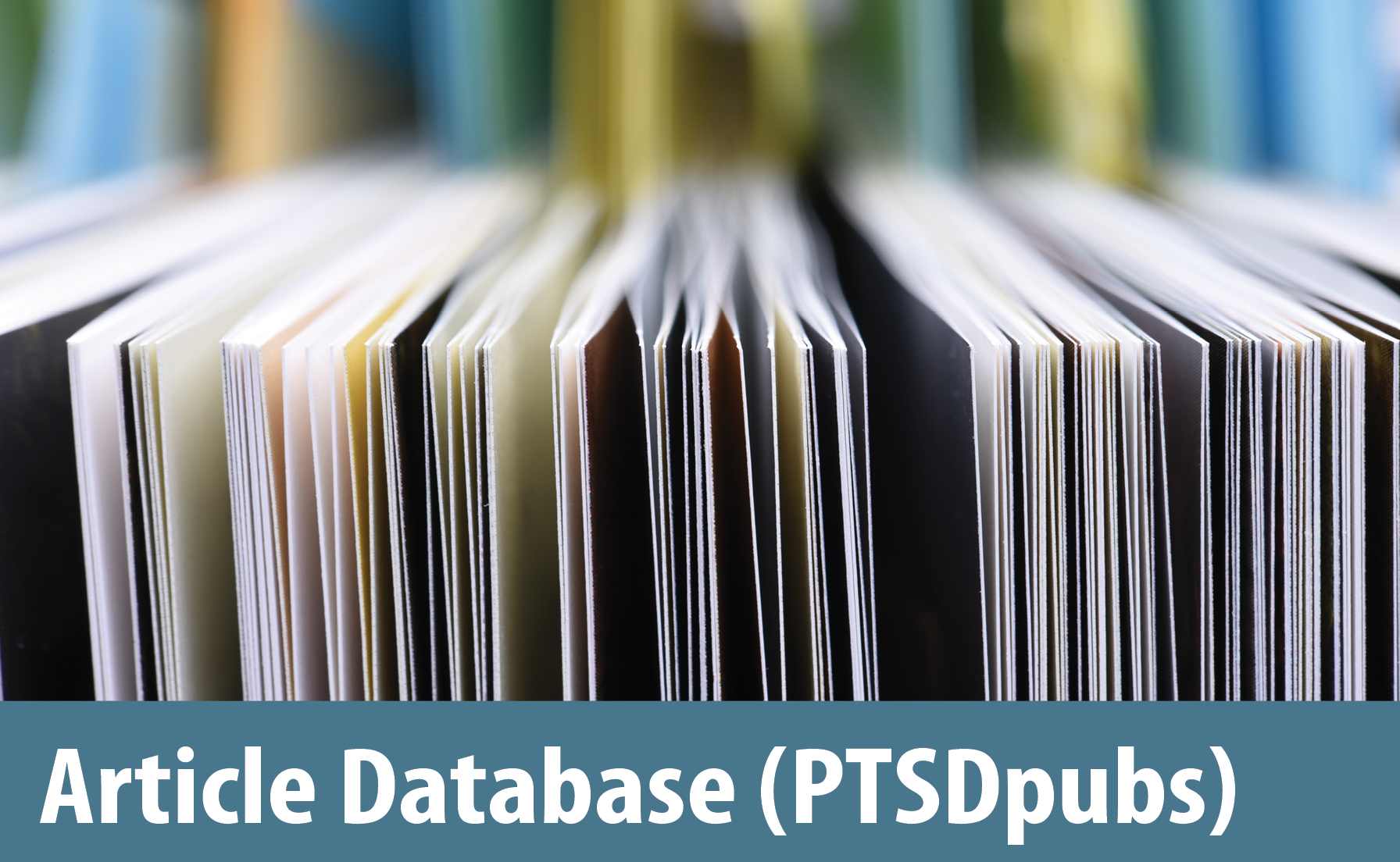Child Sexual Abuse
Child Sexual Abuse
What Is Child Sexual Abuse?
Child sexual abuse includes a wide range of sexual behaviors that take place between a child and an older child or adult. These sexual behaviors are intended to erotically arouse the older person, generally without consideration for the reactions or choices of the child and without consideration for the effects of the behavior upon the child.
Behaviors that are sexually abusive often involve bodily contact, such as sexual kissing, touching, fondling of genitals, and oral, anal, or vaginal intercourse. However, behaviors may be sexually abusive even if they do not involve contact, such as in the case of genital exposure ("flashing"), forcing children to watch pornography, verbal pressure for sex, and sexual exploitation for purposes of prostitution or pornography.
Researchers estimate that, in our country, about 1 out of 6 boys and 1 out of 4 girls are sexually abused before the age 18.
Who Are the Perpetrators of Child Sexual Abuse?
Legal definitions of what constitutes child sexual abuse usually require that the perpetrator be older than the victim. For example, in some states perpetrators must be at least five years older than their victims for the behavior to be considered child sexual abuse. Most often, sexual abusers know the child they abuse but are not relatives. In fact, about 60% of perpetrators are non-relative acquaintances, such as a friend of the family, babysitter, or neighbor. About 30% of those who sexually abuse children are relatives of the child, such as fathers, uncles, or cousins. Strangers are perpetrators in only about 10% of child sexual abuse cases. Men are perpetrators in most cases, regardless of whether the victim is a boy or a girl. However, women are perpetrators in about 14% of cases reported against boys and about 6% of cases reported against girls. Child pornographers and other perpetrators who are strangers now also make contact with children using the Internet.
In This Article
What Are the Effects of Childhood Sexual Abuse?
It is not always easy to tell whether a child has been sexually abused. Because sexual abuse often occurs in private, and because it often does not result in physical evidence, child sexual abuse can be difficult to detect.
Some child sexual abuse survivors may show symptoms of PTSD, including agitated behavior, frightening dreams, and repetitive play in which aspects of the abuse are expressed. They might exhibit other fears and anxieties or lose developmental skills and begin bed-wetting or thumb-sucking. They may show inappropriate sexual behavior or seductiveness or have difficulty maintaining appropriate boundaries with others. As a result of abuse, children, especially boys, might "act out" with behavior problems, such as cruelty to others and running away. Other children "act in" by becoming depressed or by withdrawing from friends or family. Older children or adolescents might try to injure themselves or attempt suicide.
Sexual abuse can be very confusing for children. A child who is used or manipulated by a trusted adult might learn that the only way for them to be attended to or loved is for them to give something of themselves or give up their dignity. Some children believe the abuse is their fault or that the perpetrator chose them because they must have wanted it or because there is something wrong with them. If the abuser was of the same-sex, children (and parents) might question their sexual orientation and wonder if they are "gay."
Almost every child sexual abuse victim describes the abuse as negative. Most children know it is wrong and experience fear, shock, anger, and disgust. However, a small portion of children might not realize it is wrong, especially if they are very young or have cognitive delays. In addition, some victims might enjoy the attention, closeness, and physical contact, especially if these needs are not met by a primary caregiver. Together, these reactions make the events very difficult and confusing for children.
If childhood sexual abuse is not effectively treated, long-term symptoms may persist into adulthood. These may include:
- PTSD and/or anxiety
- Depression and thoughts of suicide
- Sexual anxiety and disorders, including promiscuity
- Difficulty maintaining appropriate boundaries with others, including enmeshed or avoidant relationships
- Poor body image and low self-esteem
- The use of unhealthy behaviors, such as alcohol abuse, drug abuse, self-mutilation, or bingeing and purging, to help mask painful emotions related to the abuse
What Can Caregivers Do to Help Keep Children Safe?
Talk to children about the difference between safe touching and unsafe touching. Tell the child that if someone tries to touch his or her body in their private areas or do things that make the child feel unsafe, he or she should say NO to the person and tell you or a trusted adult about it right away. Let children know that their bodies are private and that they have the right to forbid others to touch their bodies in an unsafe way. Let them know that respect does not always mean doing what adults or those with authority tell them to do. Do not tell them to do EVERYTHING the babysitter, family member, or group leader tells them to do. Alert children that perpetrators may use the Internet, and monitor children's access to online websites. Most importantly, provide a safe, caring environment so children feel able to talk openly about sexual abuse.
What Can Professionals Do if They Suspect Abuse?
Most states have mandatory reporting laws that require professionals to report suspected child abuse to authorities. Professionals should not only provide crisis counseling to the child, but also help the non-offending caregiver attend sensitively to their child in a way that is helpful to her or his recovery. Also, many cities have child advocacy centers where a child and his or her family can receive crisis intervention; be interviewed in a sensitive, comfortable environment; make the report to legal authorities; and be directed to a multidisciplinary team skilled in child sexual abuse. The National Children's Alliance website has more information and a listing of centers.
See PTSD in Children and Adolescents for an overview of treatment options for children who have been sexually abused.
Recommended Books for Professionals
Treating Trauma and Traumatic Grief in Children and Adolescents by Judith A. Cohen MD, Anthony P. Mannarino, and Esther Deblinger PhD (2006)
by Judith A. Cohen MD, Anthony P. Mannarino, and Esther Deblinger PhD (2006)
Psychotherapy for Children and Adolescents: Evidence-Based Treatments and Case Examples by John R. Weisz (2004)
by John R. Weisz (2004)
Handbook of PTSD: Science and Practice by Matthew J. Friedman MD PhD, Terence M. Keane PhD, and Patricia A. Resick PhD (2007)
by Matthew J. Friedman MD PhD, Terence M. Keane PhD, and Patricia A. Resick PhD (2007)
References
- Centers for Disease Control and Prevention. (1997). Adverse Childhood Experiences (ACE) Study. Websites: www.cdc.gov/violenceprevention/acestudy/about.html and www.cdc.gov/nccdphp/ace/prevalence.htm.
- Dube, S.R., Anda, R.F., Whitfield, C.L., Brown, D.W., Felitti, V.J., Doug, M., & Giles, W.H (2005). Long-term consequences of childhood sexual abuse by gender of victim. American Journal of Preventive Medicine, 28, 430-438.
- Finkelhor, D. (1979). Sexually Victimized Children. The Free Press: New York
- Jumper, S. (1995). A meta-analysis of the relationship of child sexual abuse to adult psychological adjustment. Child Abuse and Neglect, 19, 715-728.
- Kilpatrick, D.G., Ruggerio, K.J., Acierno, R., Saunders, B.E., Resnick, H.S., & Best, C.L. (2003). Violence and risk of PTSD, major depression, substance abuse/dependence, and comorbidity: Results from the national survey of adolescents. Journal of Consulting and Clinical Psychology, 71, 692-700.
- National Child Traumatic Stress Network. Website: www.nctsn.org
- National Children's Advocacy Center. Website: www.nationalcac.org
- National Children's Alliance. Website: www.nationalchildrensalliance.org
You May Also Be Interested In

Continuing Education Online Courses
Learn from expert researchers and earn free Continuing Education (CE) credits.

























